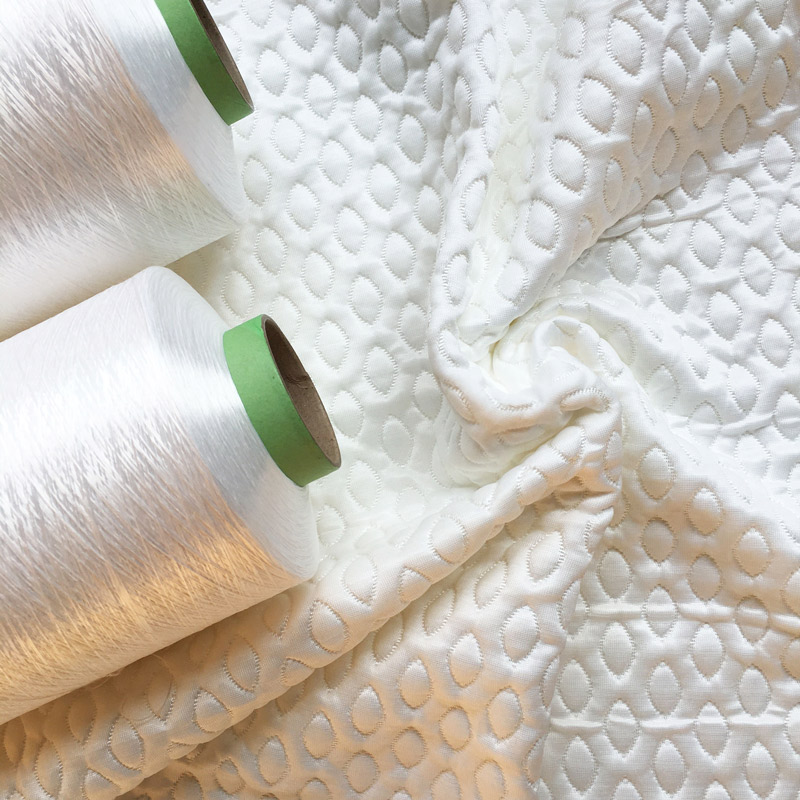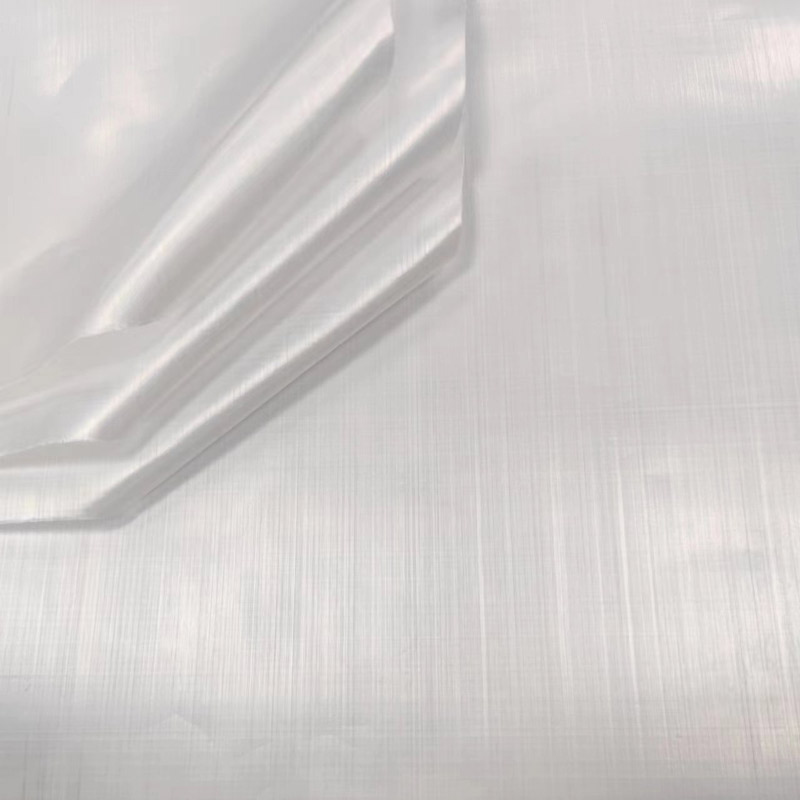Today multinational chemical company DuPont DD unveiled a new version of Kevlar promising lighter, more flexible and more effective body armor.
The company describes the new material, known as Kevlar® EXO™ aramid fiber, as “the most significant aramid fiber innovation in over 50 years,” “our biggest innovation in life protection since Kevlar was invented” and “an entirely new technology.” High Strength Bulletproof Cloth

Soft, flexible materials have been used for protection for over a century, although it is counter-intuitive that they can stop stop a bullet. When you think of armor you normally imagine rigid steel plates which forming a hard barrier, but there is another way. Soft armor catches a projectile the way a net catches a ball, deforming and slowing it down gradually rather than suddenly.
Lightweight, flexible material means wearing body armor will not impede agilty
The first soft armor was made of silk. In 1897 Polish priest and inventor Casimir Zeglen carried out a sensational demonstration of his bulletproof coat live on the stage of the Koster & Bial Music Hal stage in Manhattan, allowing himself to be shot with a .41 Colt revolver. Several layers of a special densely-woven silk caught the bullet in their mesh, and Zeglen claimed he felt "no more than a tap."
This was probably an understatement. The drawback with soft armor is that impact is transferred to the wearer, and a powerful bullet will cause bruising or worse. More seriously, the silk armor was only tough enough to stop relatively low-powered ammunition. In particular Georg Luger introduced 9mm Parabellum ammunition in 1901, and guns chambered for this round could easily penetrate any existing soft armor.
1901 test of Zeglen's silk armor
If natural materials were not strong enough, researchers needed to find a synthetic alternative. A high-strength version of Nylon was spun into bulletproof vests during the Korean War, but these were hot, heavy and still only offered limited protection. As with later protection, one of the biggest challenges was persuading troops to wear the bulky and uncomfortable garments.
One of the most promising replacements was aramid fiber. Aramid is a contraction of 'aromatic polyamide,' chemical name para phenylene terephthalamide or PPD-T. It is characterized by rigid polymer chains linked by strong hydrogen bonds that transfer mechanical stress very efficiently, resulting in a material which is strong but flexible.
In 1965 Stephanie Kwolek was working for DuPont synthesizing new aromatic polyamides. The process involved dissolving the compounds in solvent and spinning the resulting solution into a fiber. Kwolek found that that under certain conditions the rod-like molecules lined up in parallel into liquid crystals. When these were spun along the direction they were lined up, the fiber had extraordinary strength. A new material was born, which the company named Kevlar.
There have been steady incremental improvements with aramid fibers over the last few decades, relatively minor tweaks to the formula such as Kevlar KM2 introduced in the 1980s. EXO, also an aramid fiber, appears to be a significant step forward in terms of performance.
“Kevlar® EXO™ is about 30% stronger as defined by tenacity, which only continues to increase, than current Kevlar® fibers,” a DuPont spokesperson told Forbes. They noted that this means the same protection could be provided at 30% less weight than existing materials.
Lightweight, flexible EXO aramid fiber
In addition to its lightness, DuPont stress the flexibility and comfort provided by the new material, which they say has been demonstrated in extensive tests. The makers also say that the material is so durable it will still provide the same protection after five years of wear.
“Kevlar® EXO™ offers never-before-seen ballistic and thermal performance while also providing a flexible and lightweight solution that empowers users to operate at peak performance,” states Steven LaGanke, of DuPont Life Protection in a press release. “Whether for military members, law enforcement officers, private security or emergency responders, pound for pound, Kevlar® EXO™ users can better manage energy output even during the most demanding physical tasks.”

Hmpe Yarn That will certainly be good news for anyone who has to wear body armor. A typical U.S. foot soldier’s body armor adds more than twenty pounds to their load, which may include eighty pounds or more of other gear. Anything which can shave a few pounds off that will be very welcome. And for law enforcement, less weight and more flexibility will make life just that little bit easier. Mainly though, making body armor more wearable will mean it saves more lives.